Grapevine Stories
Ode to May
An uplifting piece about the joys of May by Former MFH and writer on the countryside and field sports, Adrian Dangar.
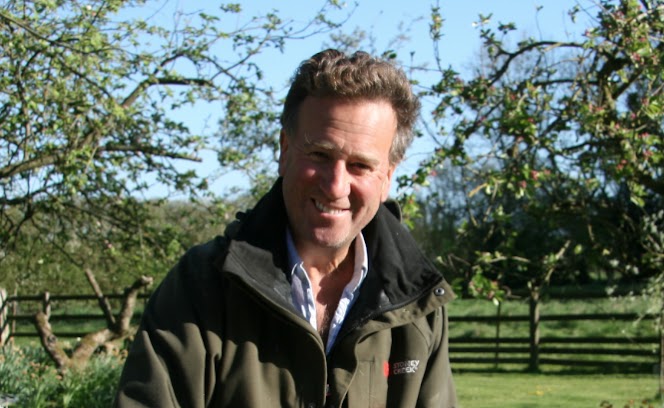
“Oh, to be in England now that April’s here”, wrote Robert Browning in 1845, however I prefer to take at face value the opening line of TS Eliot’s Wasteland, “April is the cruellest month”. During recent weeks, we have awaited the harbingers of spring with greater anticipation than usual and have had time to scrutinise nature awakening as slowly but inevitably as a burgeoning peony.
Throughout recently departed April the media frequently (some would say spitefully) reminded us of the glorious weather outside, but was it really so spectacular? Up here in Yorkshire, not a drop of rain for weeks, and a bitter east wind that scoured like sandpaper for days and nights on end. The sunshine hardly seemed to matter; what nature craved was life giving rain and warmth.
Now that May is here at last, we absolutely know that growth and fecundity will follow, for where April so often disappoints, May never fails to deliver. It will rain, it will be warm. Snowdrops are a forgotten memory, daffodils may have withered on the stem, but orchards everywhere radiate with apple blossom, hawthorns glitter from the hedgerows, and grape-like clusters of wisteria smother the façades of country houses in aromatic lilac.
In the shade beneath, Lily of the Valley plants put out delicate, bell-like flowers not much bigger than pearls; so small that its often the heavenly aroma – like an opened bottle of scent – that checks the visitor in his stride. Enjoy the sweet fragrance whilst it lasts, for this May time treat does not last long.
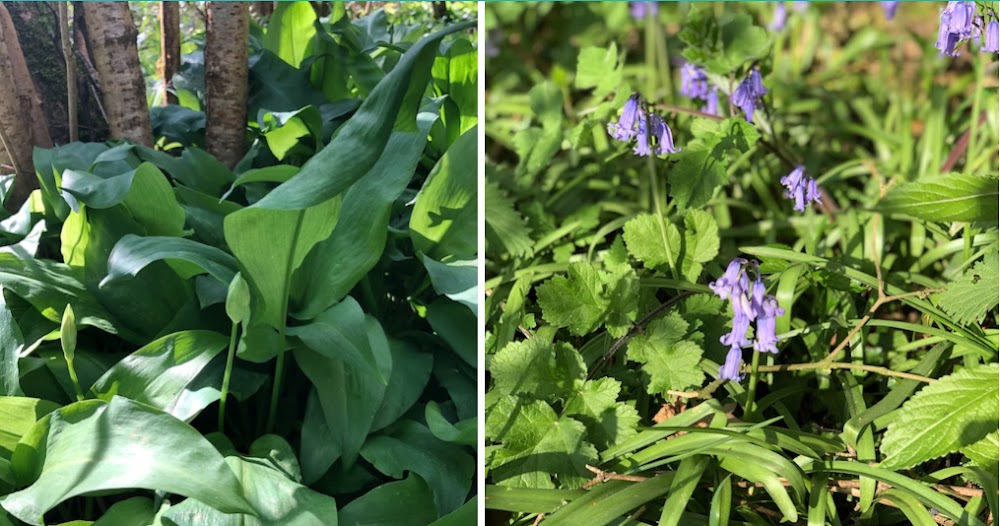
Corona seems to have brought out the inner gardener in anyone with more than a square yard of land to their name, and at last its time to relax and enjoy the vegetable patch. Despite the old saying “Ne’er cast a clout til May be out”, new potatoes should soon be safe from Jack Frost, seedlings will swell into orderly green rows and its time to plant out sweetcorn, courgettes and dahlias that have been sheltering in glass houses or on warm kitchen windowsills. Asparagus is unstoppable too; match fresh green spears with gull’s eggs from a licensed seller (a snip online at £7.95 each) to enjoy a marriage of delicacies that is unique to the month of May.
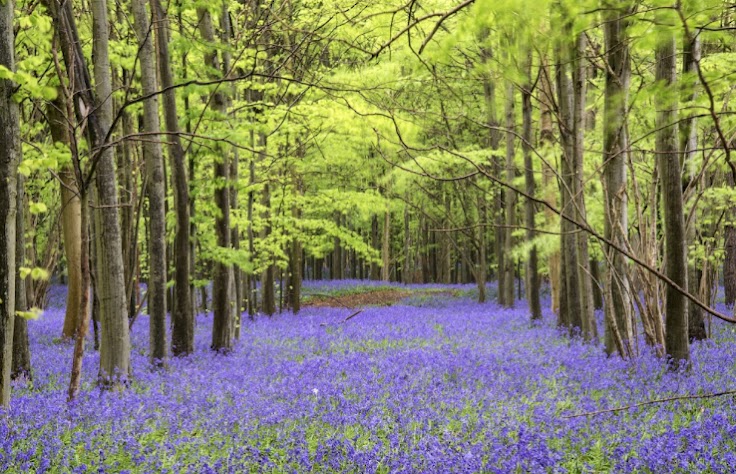
Beyond the garden gate, trees are in full leaf by mid-month, not the half-opened buds of April or the darker shades of middle-aged summer but, the effervescent, luminous green fragility of youth. Sometimes, I think, a newly unfurled beech leaf looks just too delicate to survive the night. But they always do. Beneath them roll bluebell seas to match the eyes of fox cubs gambolling outside their earths on balmy May evenings. The signs of a litter are unmistakeable and a joy to discover; trampled foliage, beaten dull with the patter of tiny pads, fur, feather and bones. Return at dusk and conceal yourself upwind to watch the family at play. One false move, a vixen’s yap, and the show is over. This is also the month when roe does drop their fawns. I have stumbled across them still wet from the womb; big trusting eyes, glistening milk-dappled coats and a profound, instinctive ability to lie as still as stone.
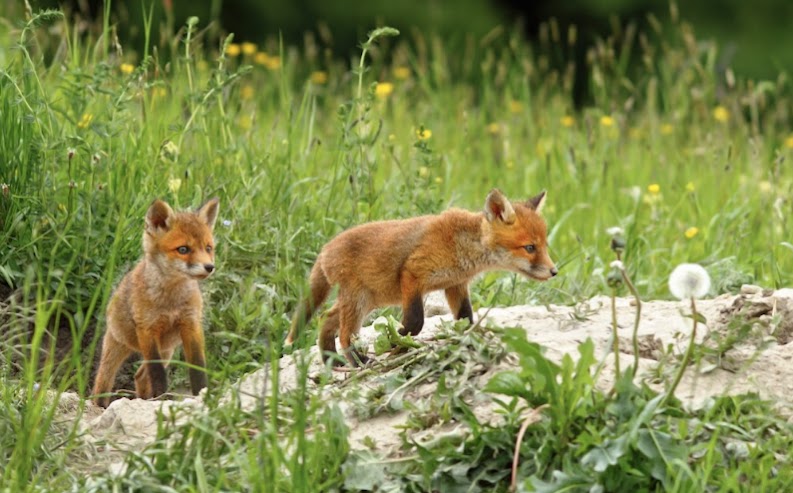
To rise early on a May morning is to be treated to an orchestra of glorious birdsong swelled by the recent arrival of migrant warblers, and if you are really lucky, the gentle cooing of timid turtle doves all the way from Senegal. Along with its fellow migrant, the nightingale, which sings beautiful arias all night long throughout May, the song was until recently taken for granted as a reassuring and familiar sound of the English countryside. Both species are now found only in a few isolated strongholds outside the south eastern counties of Essex, Kent, Suffolk and Sussex. Cuckoos have not fared much better; if a pair reside within earshot of your own home you may be getting blasé to the male’s melodious refrain by early May. If not, you can only pray for the migrant’s safe return another year.
Swallows also arrived in April and immediately began work on repairing last year’s mud nests; by the end of this month both parents will be fully occupied feeding clamouring young. They have but a short time to raise as many broods as possible (the most industrious manage three) before its time to fly back home to Africa.

On clear streams and rivers throughout May, eponymous flies emerge, hovering above the water on fine fairly wings in a joyous, bobbing dance. Mayflies spend two years as small prehistoric-looking nymphs rootling around on the riverbed, before hatching as duns on the surface. Within minutes they flutter off to shed their drab uniform and emerge as glittering adult spinners that will never feed again. Instead they join a fleeting but glorious party with the sole intention of finding a mate during what remains of their short adult life. After copulating mid-flight, the female returns to the water and having laid her eggs, keels over from the effort on splayed twitching wings. She has spent two years as a grub, but just twenty-four hours as a creature of extraordinary beauty that will die slowly whilst being carried off by the same waters that have nourished her throughout life.
The mayfly hatch represents an annual feast for hungry trout, which set about nature’s bounty with such lack of caution that anglers refer to the bonanza as Duffer’s Fortnight. For many fly fishers, the last fortnight in May offers the best fishing of the season.
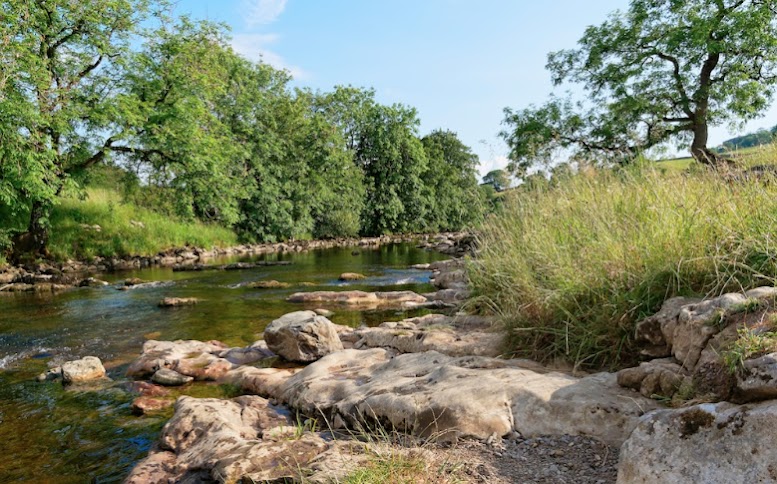
But most of all, the month of May is a time of unstoppable progress. Every day longer, warmer, more extravagant. Every unconcreted inch of England froths and fizzes with fecund expansion; chicks yell, insects hum, bees buzz. Like the skylark singing from a cloudless blue sky, everything is on the ascent. And in May, anything seems possible. There is no month more reliable, or less mundane. It is a time of sheer, unbridled optimism, and an affirmation of nature’s importance, vitality and supremacy on the world stage. Take it all in this year. You may never get a better chance.
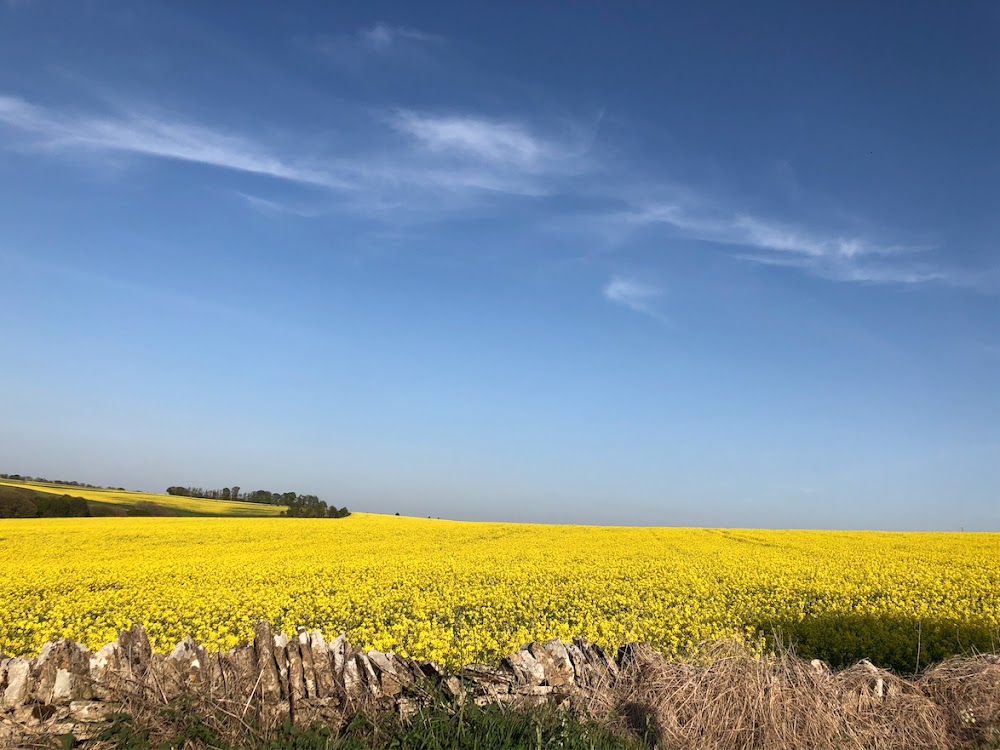
Please visit Adrian's website for information on his two published books you may like to order.
Related posts:
Grapevine is a trusted network of private members, linking kindred spirits from town or country. Members promote, sell or buy goods and services within the network.
Grapevine also believes in supporting young people to get a strong start through internships and work placements. We also help a number of charities including Heads Together and The Injured Jockeys Fund.
